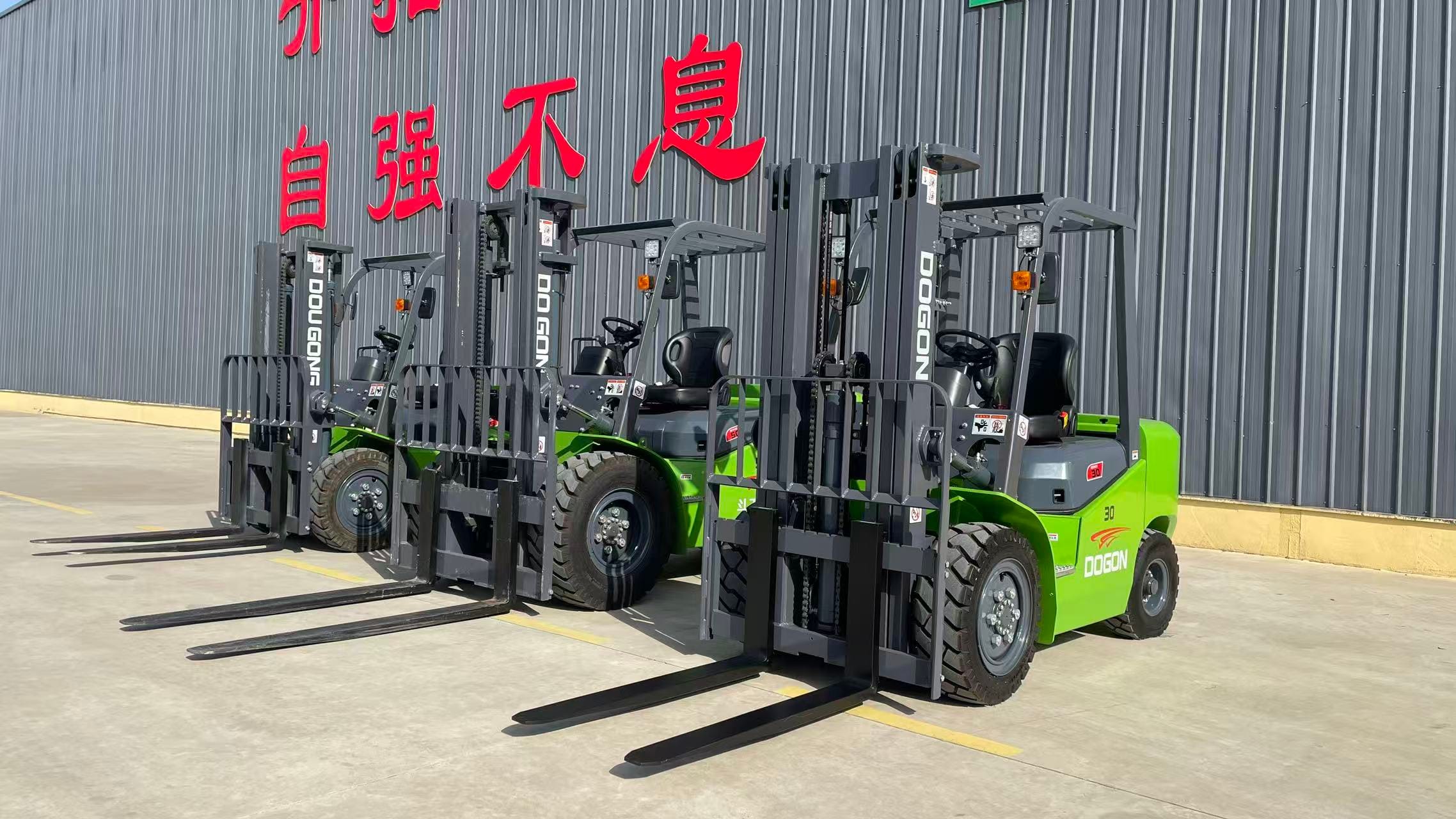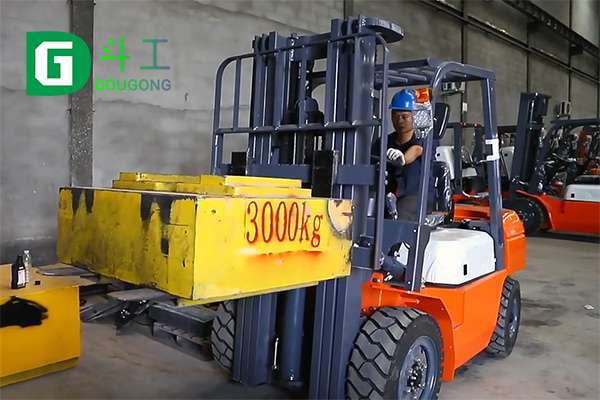This guide is written by an industry expert with over 10 years of hands-on forklift operation and OSHA-compliant training experience.
Driving a sit-down forklift is an essential skill for warehouse workers, construction crews, and industrial operators. Done right, it keeps your workplace productive and safe — but mistakes can lead to accidents, injuries, and costly damage.
This step-by-step guide will show you how to drive a sit-down forklift safely, based on proven best practices and requirements under OSHA 1910.178 — the U.S. standard for powered industrial trucks. Let’s get started!

 Step 1: Preparing for Safe Forklift Operation
Step 1: Preparing for Safe Forklift Operation
Before you even start the engine, you need to prepare correctly. According to OSHA 1910.178(q)(7), all powered industrial trucks must be inspected before each shift. Never skip this step!
1.1. Wear Required PPE
OSHA 1910.178(g)(1) requires operators to wear appropriate personal protective equipment (PPE) when operating forklifts. Standard PPE includes:
Hard hat to protect against falling objects.
Steel-toed boots to prevent foot injuries.
High-visibility vest so co-workers see you clearly.
Gloves if required by the work environment.
1.2. Conduct a Pre-Operation Inspection
Always check your sit-down forklift for:
Tires: Look for cuts, wear, or low air pressure.
Fluids: Check oil, fuel, coolant, and hydraulic fluid levels.
Brakes & Steering: Test both for smooth, reliable operation.
Lights, Horn & Alarms: Make sure they work. OSHA requires functional warning devices.
Forks & Mast: Inspect for cracks, bends, or other damage.

 Step 2: Starting the Sit-Down Forklift
Step 2: Starting the Sit-Down Forklift

Use the grab handles and steps. Never jump on or off.

Position your seat so your feet easily reach the pedals. Adjust mirrors for clear visibility.

Insert the key, keep feet on the brake, and turn the ignition. Listen for any unusual noises — if you hear any, shut down and re-inspect.
 Step 3: Operating the Forklift Safely
Step 3: Operating the Forklift Safely
OSHA 1910.178(l) requires operators to complete training on safe operation — these basic principles are part of that foundation.
3.1. Control Basics
Steering: Keep both hands on the wheel. Turn smoothly — never jerk the steering.
Throttle & Brakes: Accelerate slowly and brake gently. Sudden stops can tip the load.
Hydraulics: Operate lift and tilt controls smoothly to keep loads stable.
3.2. Safe Driving Tips





3.3. Navigating Tight Spaces
Sit-down forklifts often work in tight warehouse aisles. To avoid collisions:
Use mirrors and spotters if needed.
Keep loads stable and slightly tilted back.
Drive slowly — quick turns can tip a loaded truck.
 Step 4: Loading & Unloading
Step 4: Loading & Unloading





 Step 5: Parking & Shut Down
Step 5: Parking & Shut Down
When finished:
Park on level ground.
Lower the forks fully to the floor.
Neutralize controls and set the parking brake.
Turn off the engine and remove the key.
Complete a post-use check to ensure it’s ready for the next shift.
 Final Thoughts on Forklift Safety
Final Thoughts on Forklift Safety
Learning how to drive a sit-down forklift safely takes practice and respect for safety rules. By following these best practices — and complying with OSHA 1910.178 — you’ll protect yourself, your coworkers, and your company’s equipment.




